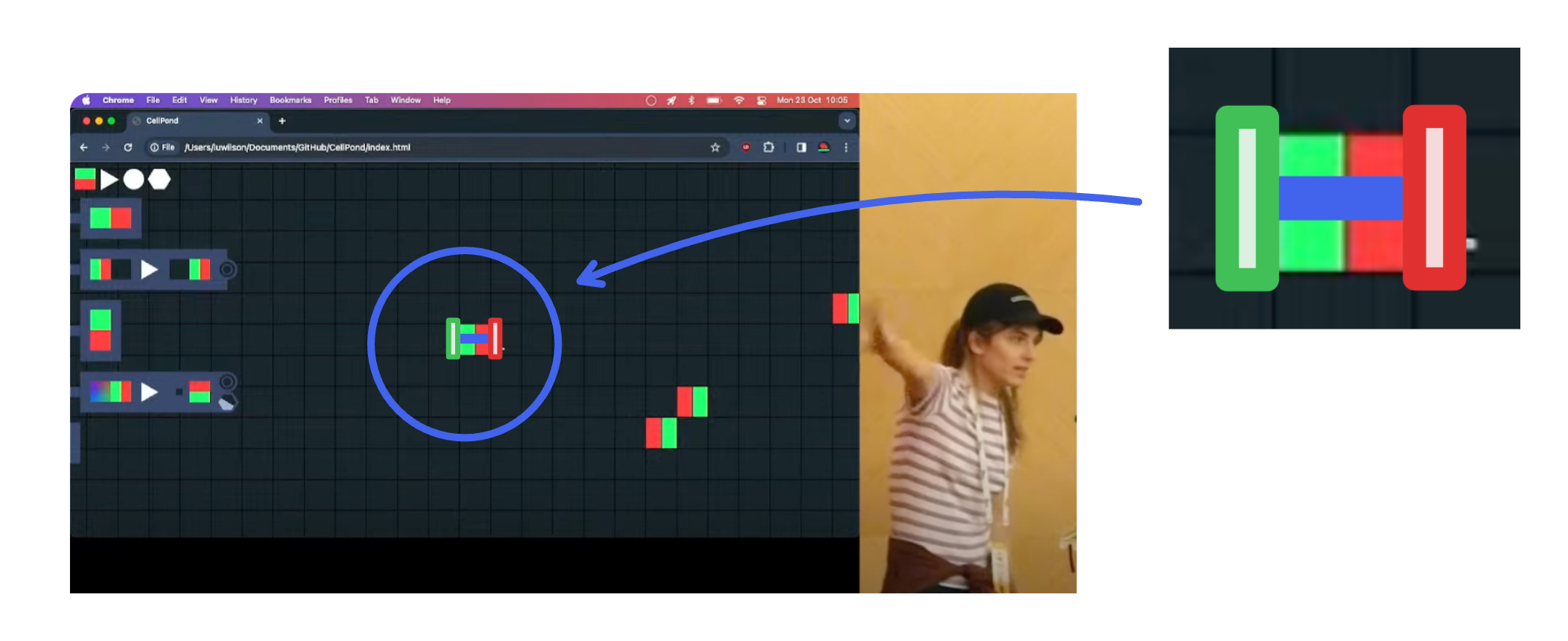Anyone here uses/used red-lang.org ? Could you share your thoughts on it?
I haven’t used it, but I’ve been reading about for some time — looks very interesting.
I think development slowed down a couple of years ago due to funding reasons.
I'm on Team Red, so yes I use it. Development has slowed, for a couple reasons, but we're still kicking. The big limitations today are pending I/O redesign, so that branch can be merged, and still being 32-bit, which means installing 32-bit libs on many Linux distros and not being able to run on new MacOS at all. Older MacOS is still fine.
My bias is heavy, of course, but I'm happy to answer any questions. I used Rebol before Red, and these langs make it really hard to go back to others after you get used to them. They do suffer some of The Lisp Curse, where people roll a lot of their own stuff, and there's not a full ecosystem yet. If nothing else, they stretch your mind and let you think in new ways.
github.com/red/docs is reference material, and covers the GUI, parse, reactivity, datatypes, and some other aspects pretty well. The best overview is still, ironically rebol.com/docs/core23/rebolcore.html Red is a direct descendant of Rebol, and that was written by its designer, Carl Sassenrath. red-by-example.org has specific examples when you need help. And there is help built into the consoles while you're actively working. We're active on Gitter, which is the best place to chat.
One thing that the old docs don't cover at all, because Rebol didn't have it, is the Red/System (R/S) dialect. It's a C level systems language. Red compiles to R/S, which then compiles to machine code (no external compiler needed), and R/S is, itself, a dialect of Red, so it takes the whole metacircular idea to another level. We describe Red as "A full stack language, from metal to meta". Other key aspects are that it's small, and you can build standalone programs with it. Easy to get started, as it's just a single EXE, no install required. Well, there are 3 now, because the text and GUI consoles and toolchain are separate.
















